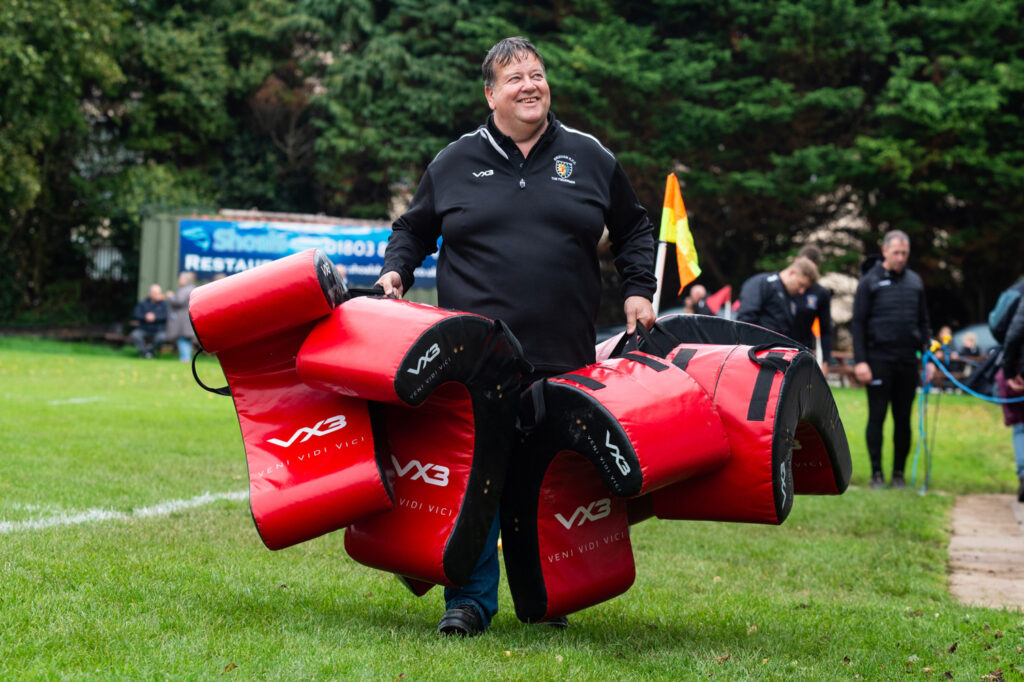Photography and communication are inseparable if you want to make a living taking pictures.
Photography and Communication Tips:
Mistake 1. Not recording information properly
There are lots of variations of this common blunder. For example:
- Convincing yourself that you will remember the details
- Scribbling details on a bit of paper and shoving it in your pocket (or pocketing scraps of paper from other people)
- Assuming you’ve taken down a phone number or email address correctly the first time
- Assuming details will be the same as usual
- Using lots of different ways to take notes (online calendar, wall calendar, physical diary, phone notepad)
First, never rely on your memory alone. Even if you pride yourself on your short-term memory, life as a photographer can get so busy that details will eventually get muddled up or lost completely. Always record details in a consistent place and form that works for you.
In my book, So, You Want To Be A Sports Photographer?, I go into detail about the way I prefer to record my jobs. You might have different ideas. Come up with one reliable way for recording information when you’re at home and another for when you’re out and about. Don’t use too many different methods because you will find this hard to keep track of.
Be assertive with clients when they are providing you with information. There was a press officer at a local rugby club who used to insist on passing details to me on a scrap of paper while I was shooting. Bearing in mind I was working for the Press at the time, and I usually had 10 minutes to get the shots before I had to leave for my next job. I used to shove the paper into my pocket with every intention of reading it later – but that rarely happened. Now, I always tell people to email me the details. That way, it’s all in the same place.
Assuming information is sometimes tempting, but avoid it at all costs. You may have covered a team week in, week out for months but you can bet that the venue, kick-off time (or even home kit colour!) will change the moment you make assumptions. Always check the details with the organiser – even if it’s just to ask: ‘Same as usual then?’
Read back email addresses, phone numbers and other contact details to make sure you’ve recorded them correctly.
“I always tell people to email me the details. That way, it’s all in the same place”
Mistake 2. Not keeping everyone in the loop
Unless there is a good reason not to, use ‘reply all’ when responding to emails. It is better for one person in the chain to have irrelevant information than for somebody to miss out on an important date or venue change because they missed the vital update.

Mistake 3. Being too inquisitive
Experience has taught me that a photographer can sometimes be privy to too much information. We’re all human, and information given in confidence can accidentally slip out. The best insurance against this is to avoid getting too involved in the first place.
I’ve even had to stop clients from divulging sensitive information to me because the way I look at it, If I don’t know something, I can’t accidentally let it slip.
Photography and Communication PRO TIP
Be very careful if you are approached by the tabloids for a picture, especially if they are offering to pay you for it. There is always an angle, so you must ask them what context the picture is going to be used in, and get that in writing. Even then, you can’t guarantee they are telling you the whole truth. An extra £200 might come in handy in tough times, but how much is your reputation worth?
Mistake 4. Not telling the press you’re sending pictures
If you are sending pictures ‘on spec’ to the Press, make sure they know you will be doing so, even if you have worked with the particular title before. Editors need to plan out their pages well in advance of their publishing deadline, and while text can often be squeezed in, pictures are a different matter.
Your amazing shot could be front or back page material, but if the editor receives it without a heads-up, it could be butchered and jammed anywhere it fits. Which brings me to another common photography and communication error…
Mistake 5. Not asking for required online picture dimensions
It is common these days for online newspapers and magazines to use templates for their story layouts. If the picture frames are set to specific dimensions (which they usually are), the website will often automatically crop your pictures to fit (which, in some cases, can result in missing heads and feet!)
My book So, You Want To Be A Sports Photographer? goes into more detail on the art of cropping, and how to make a picture selection for the Press, but simply asking the editor for their required online picture dimensions can save your images from nasty crops.
Pick up more tips on photography and communication!
Photography and communication are so important in professional photography that I devoted a full chapter to it in my sports photography book.

